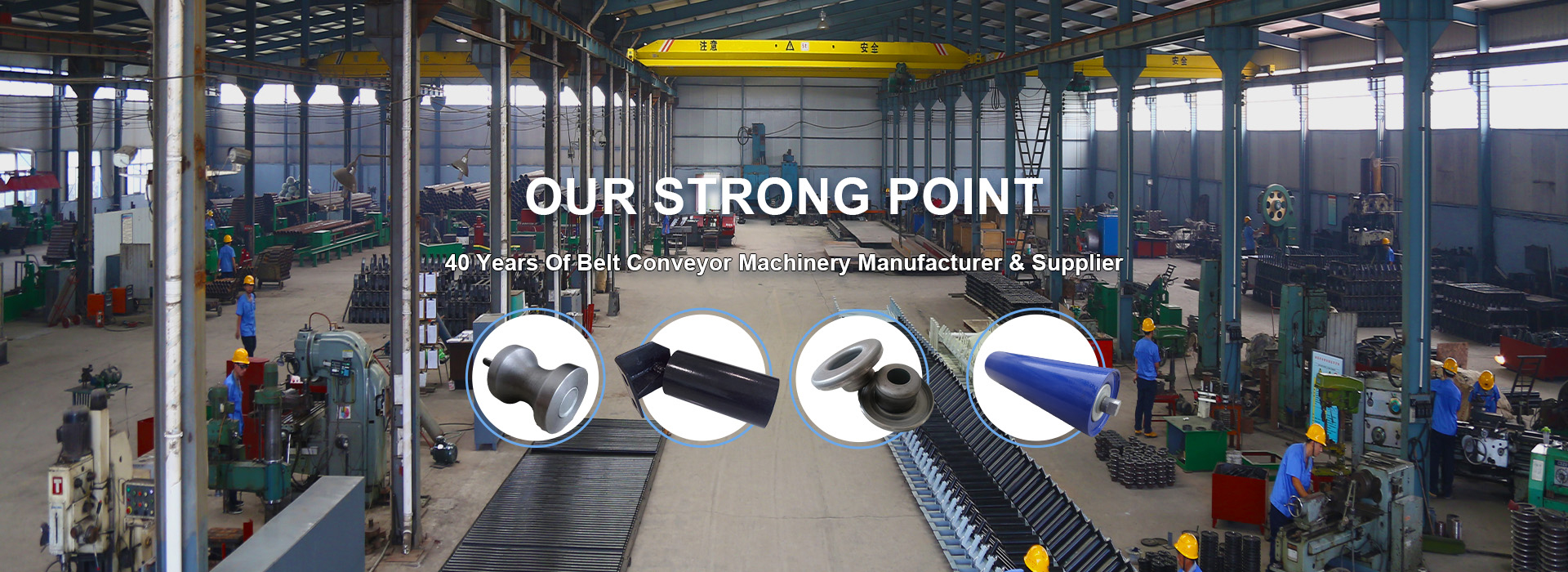 Afrikaans
Afrikaans  Albanian
Albanian  Amharic
Amharic  Arabic
Arabic  Armenian
Armenian  Azerbaijani
Azerbaijani  Basque
Basque  Belarusian
Belarusian  Bengali
Bengali  Bosnian
Bosnian  Bulgarian
Bulgarian  Catalan
Catalan  Cebuano
Cebuano  Corsican
Corsican  Croatian
Croatian  Czech
Czech  Danish
Danish  Dutch
Dutch  English
English  Esperanto
Esperanto  Estonian
Estonian  Finnish
Finnish  French
French  Frisian
Frisian  Galician
Galician  Georgian
Georgian  German
German  Greek
Greek  Gujarati
Gujarati  Haitian Creole
Haitian Creole  hausa
hausa  hawaiian
hawaiian  Hebrew
Hebrew  Hindi
Hindi  Miao
Miao  Hungarian
Hungarian  Icelandic
Icelandic  igbo
igbo  Indonesian
Indonesian  irish
irish  Italian
Italian  Japanese
Japanese  Javanese
Javanese  Kannada
Kannada  kazakh
kazakh  Khmer
Khmer  Rwandese
Rwandese  Korean
Korean  Kurdish
Kurdish  Kyrgyz
Kyrgyz  Lao
Lao  Latin
Latin  Latvian
Latvian  Lithuanian
Lithuanian  Luxembourgish
Luxembourgish  Macedonian
Macedonian  Malgashi
Malgashi  Malay
Malay  Malayalam
Malayalam  Maltese
Maltese  Maori
Maori  Marathi
Marathi  Mongolian
Mongolian  Myanmar
Myanmar  Nepali
Nepali  Norwegian
Norwegian  Norwegian
Norwegian  Occitan
Occitan  Pashto
Pashto  Persian
Persian  Polish
Polish  Portuguese
Portuguese  Punjabi
Punjabi  Romanian
Romanian  Russian
Russian  Samoan
Samoan  Scottish Gaelic
Scottish Gaelic  Serbian
Serbian  Sesotho
Sesotho  Shona
Shona  Sindhi
Sindhi  Sinhala
Sinhala  Slovak
Slovak  Slovenian
Slovenian  Somali
Somali  Spanish
Spanish  Sundanese
Sundanese  Swahili
Swahili  Swedish
Swedish  Tagalog
Tagalog  Tajik
Tajik  Tamil
Tamil  Tatar
Tatar  Telugu
Telugu  Thai
Thai  Turkish
Turkish  Turkmen
Turkmen  Ukrainian
Ukrainian  Urdu
Urdu  Uighur
Uighur  Uzbek
Uzbek  Vietnamese
Vietnamese  Welsh
Welsh  Bantu
Bantu  Yiddish
Yiddish  Yoruba
Yoruba  Zulu
Zulu Understanding Belt Conveyor Troughing Idlers for Efficient Material Handling Systems
Understanding Belt Conveyor Troughing Idlers
Belt conveyors are essential components in various industries, responsible for the efficient movement of materials over significant distances. Among the critical elements of these systems are troughing idlers, which play a fundamental role in ensuring the reliability and effectiveness of belt conveyors. This article aims to delve into the function, design, benefits, and maintenance of troughing idlers, emphasizing their importance in conveyor systems.
The Role of Troughing Idlers
Troughing idlers are rollers used on belt conveyors to support the conveyor belt at a particular angle, typically between 20 to 45 degrees, creating a trough-like shape. This design enables the efficient transport of bulk materials, preventing spillage and allowing for greater load stability. By supporting the conveyor belt over a distance, troughing idlers minimize sagging and help maintain the belt's consistent tension, which is crucial for operational efficiency.
The primary function of troughing idlers is to facilitate the smooth movement of the belt while carrying load. The idlers reduce friction between the belt and the supporting frame, allowing for easier movement of the belt during rotation. Furthermore, they help guide the belt along its path, reducing the risk of misalignment, which can lead to premature wear and mechanical failure.
Design and Variants
Troughing idlers are available in different designs and configurations to cater to specific materials, belt speeds, and environmental conditions. The standard troughing idler consists of three rollers arranged in a triangular configuration. However, variations exist, including flat idlers, which are used for return paths, and impact idlers, designed to support the belt at loading points and minimize damage from heavy loads.
Materials used in the construction of troughing idlers include steel, rubber, and plastic, each chosen based on their durability and suitability for particular environments. For instance, steel idlers are preferred in heavy-duty applications due to their strength and resistance to wear, while rubber idlers can be beneficial in reducing noise and vibration.
Benefits of Troughing Idlers
belt conveyor troughing idlers

The implementation of troughing idlers presents several advantages for belt conveyor systems. Firstly, the design of troughing idlers helps optimize load carrying capacity, allowing for increased material transport efficiency. By reducing material spillage, companies can significantly lower waste and enhance productivity.
Secondly, troughing idlers contribute to lower operational costs. By minimizing friction and wear on the conveyor belt, they extend the life of both the belt and the idlers themselves. This longevity reduces the frequency of maintenance and the need for replacements, resulting in significant cost savings over time.
Additionally, troughing idlers play a vital role in promoting safety within conveyor systems. Proper support from these idlers reduces the risk of belt misalignment and failures, which can lead to accidents. A properly maintained and functioning idler system ensures a smoother operation and mitigates risks associated with material handling.
Maintenance Considerations
While troughing idlers are designed to be durable, regular maintenance is essential to ensure optimal performance. Common maintenance tasks include inspecting the idler alignment, checking for wear and damage, and ensuring that the bearings are adequately lubricated. Regular inspections help identify potential issues before they escalate into more significant problems that could lead to system failures.
Moreover, operators should be trained to monitor the conveyor system continuously. Any irregularities in noise, material spillage, or conveyor belt tracking should be addressed promptly. Implementing a routine maintenance schedule can significantly decrease downtime and improve overall system reliability.
Conclusion
In summary, troughing idlers are a critical component of belt conveyor systems, enhancing efficiency, safety, and operational reliability. Their unique design allows for effective material transport while minimizing wear and reducing operational costs. Through regular maintenance and careful operational practices, industries can leverage the benefits of troughing idlers, ensuring their conveyor systems remain productive and reliable for years to come. Understanding and optimizing the use of troughing idlers is essential for any business that relies on belt conveyor systems for material handling.
-
Revolutionizing Conveyor Reliability with Advanced Rubber Lagging PulleysNewsJul.22,2025
-
Powering Precision and Durability with Expert Manufacturers of Conveyor ComponentsNewsJul.22,2025
-
Optimizing Conveyor Systems with Advanced Conveyor AccessoriesNewsJul.22,2025
-
Maximize Conveyor Efficiency with Quality Conveyor Idler PulleysNewsJul.22,2025
-
Future-Proof Your Conveyor System with High-Performance Polyurethane RollerNewsJul.22,2025
-
Driving Efficiency Forward with Quality Idlers and RollersNewsJul.22,2025





























